It looks like you're using an Ad Blocker.
Please white-list or disable AboveTopSecret.com in your ad-blocking tool.
Thank you.
Some features of ATS will be disabled while you continue to use an ad-blocker.
5
share:
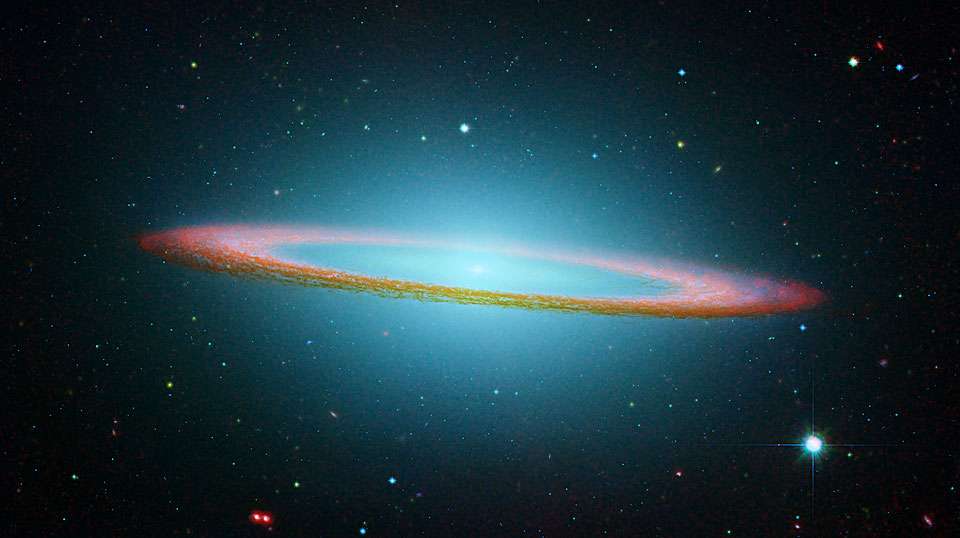
This floating ring is the size of a galaxy. In fact, it is part of the photogenic Sombrero Galaxy, one of the largest galaxies in the nearby Virgo Cluster of Galaxies. The dark band of dust that obscures the mid-section of the Sombrero Galaxy in optical light actually glows brightly in infrared light. The above image, digitally sharpened, shows the infrared glow, recently recorded by the orbiting Spitzer Space Telescope, superposed in false-color on an existing image taken by NASA's Hubble Space Telescope in optical light. The Sombrero Galaxy, also known as M104, spans about 50,000 light years across and lies 28 million light years away. M104 can be seen with a small telescope in the direction of the constellation Virgo.
APOD
Here are other various beautiful views of this galaxy:
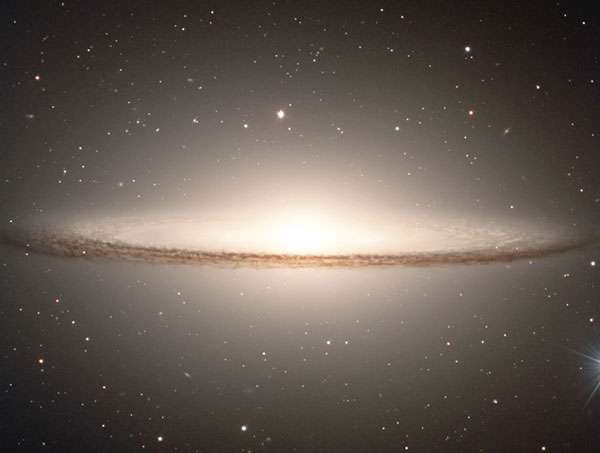
The Sombrero Galaxy from VLT Credit: Peter Barthel (Kapteyn Inst.) et al., FORS1, VLT ANTU, ESO
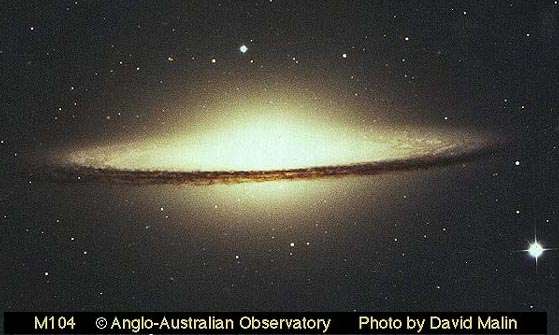

Infrared view: M104 3.6 4.5 8.0 microns spitzer
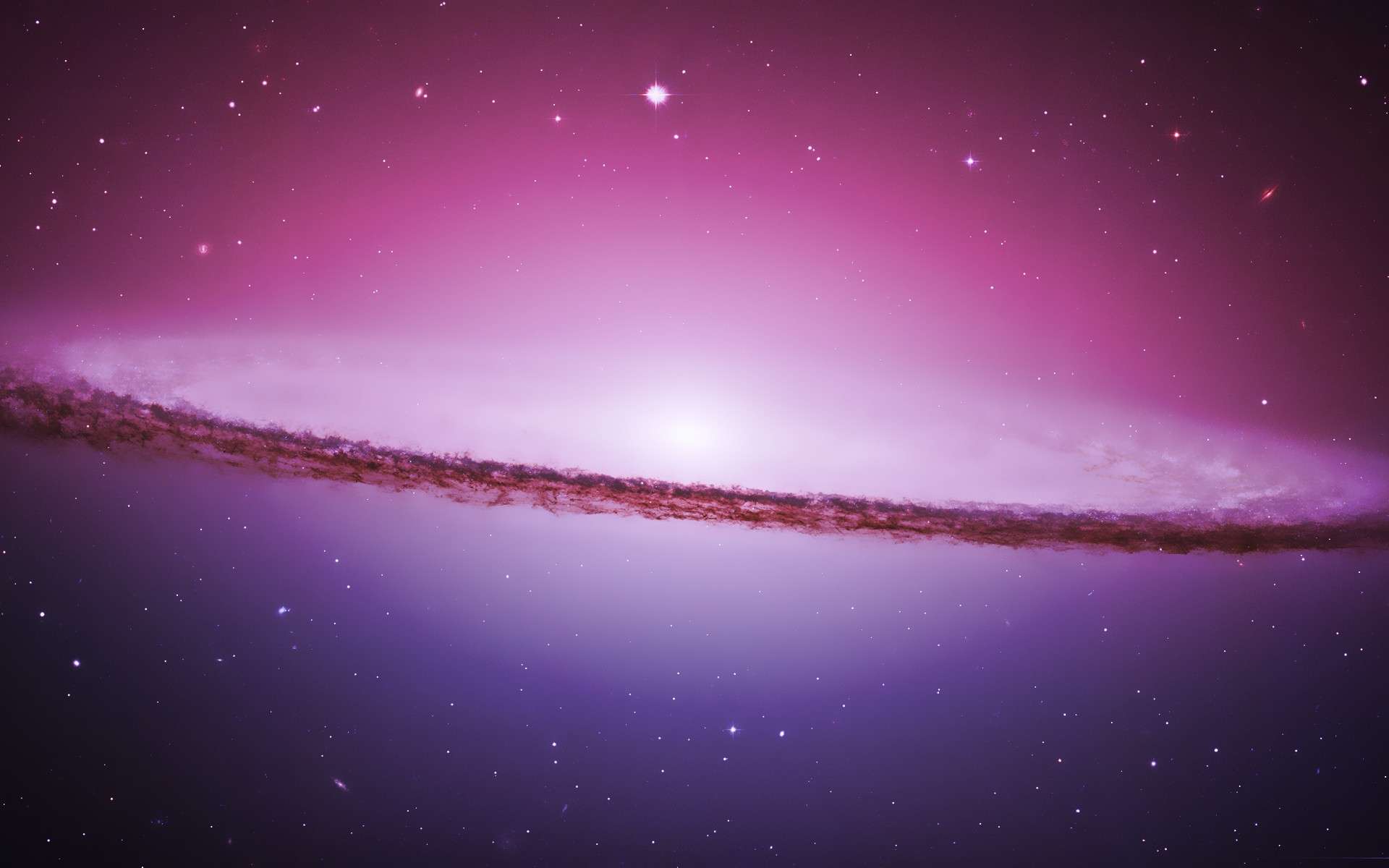
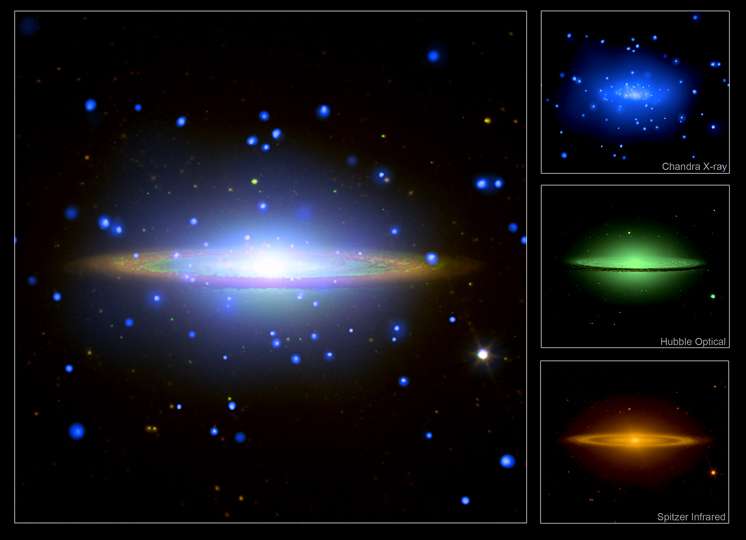
The Sombrero, also known as M104, is one of the largest galaxies in the nearby Virgo cluster, about 28 million light years from Earth. This Great Observatories view of the famous Sombrero galaxy was made using NASA's Chandra X-ray Observatory, Hubble Space Telescope and Spitzer Space Telescope. The main figure shows the combined image from the three telescopes, while the three inset images show the separate observatory views.
The Chandra X-ray image (in blue) shows hot gas in the galaxy and point sources that are a mixture of objects within the Sombrero as well as quasars in the background. The Chandra observations show that diffuse X-ray emission extends over 60,000 light years from the center of the Sombrero. (The galaxy itself spans 50,000 light years across.) Scientists think this extended X-ray glow may be the result of a wind from the galaxy, primarily being driven by supernovas that have exploded within its bulge and disk. The Hubble optical image (green) shows a bulge of starlight partially blocked by a rim of dust, as this spiral galaxy is being observed edge on. That same rim of dust appears bright in Spitzer's infrared image, which also reveals that Sombrero's central bulge of stars.
Source: Chandra
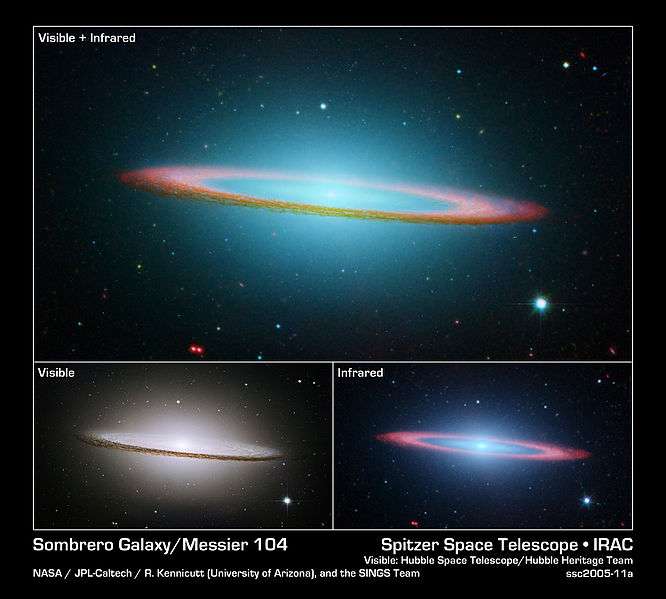
reply to post by elevenaugust
looks like a giant magnifying glass in space to me
www.abovetopsecret.com...
star and flag
xploder
looks like a giant magnifying glass in space to me
www.abovetopsecret.com...
star and flag
xploder
These pictures are misleading. The Sombrero Galaxy is studied quite a bit.
It is actually a LOT bigger than it looks. halo of the Sombrero galaxy
Consensus science has not even the foggiest idea what they are looking at. A magical "black hole" is the only way they can make their half baked theories come even close to working out.
the Sombrero galaxy
It is actually a LOT bigger than it looks. halo of the Sombrero galaxy
Consensus science has not even the foggiest idea what they are looking at. A magical "black hole" is the only way they can make their half baked theories come even close to working out.
the Sombrero galaxy
new topics
-
Ditching physical money
History: 1 hours ago -
One Flame Throwing Robot Dog for Christmas Please!
Weaponry: 2 hours ago -
Don't take advantage of people just because it seems easy it will backfire
Rant: 2 hours ago -
VirginOfGrand says hello
Introductions: 3 hours ago -
Should Biden Replace Harris With AOC On the 2024 Democrat Ticket?
2024 Elections: 3 hours ago -
University student disciplined after saying veganism is wrong and gender fluidity is stupid
Education and Media: 6 hours ago -
Geddy Lee in Conversation with Alex Lifeson - My Effin’ Life
People: 7 hours ago -
God lived as a Devil Dog.
Short Stories: 7 hours ago -
Police clash with St George’s Day protesters at central London rally
Social Issues and Civil Unrest: 9 hours ago -
TLDR post about ATS and why I love it and hope we all stay together somewhere
General Chit Chat: 10 hours ago
5
